A cave has been discovered on the moon that hints at what could be an “underground, undiscovered world” of cave networks below the surface.
The discovery comes as countries race to establish permanent presences on the moon, despite dangers including radiation, weather and extreme temperatures.
Lunar Base
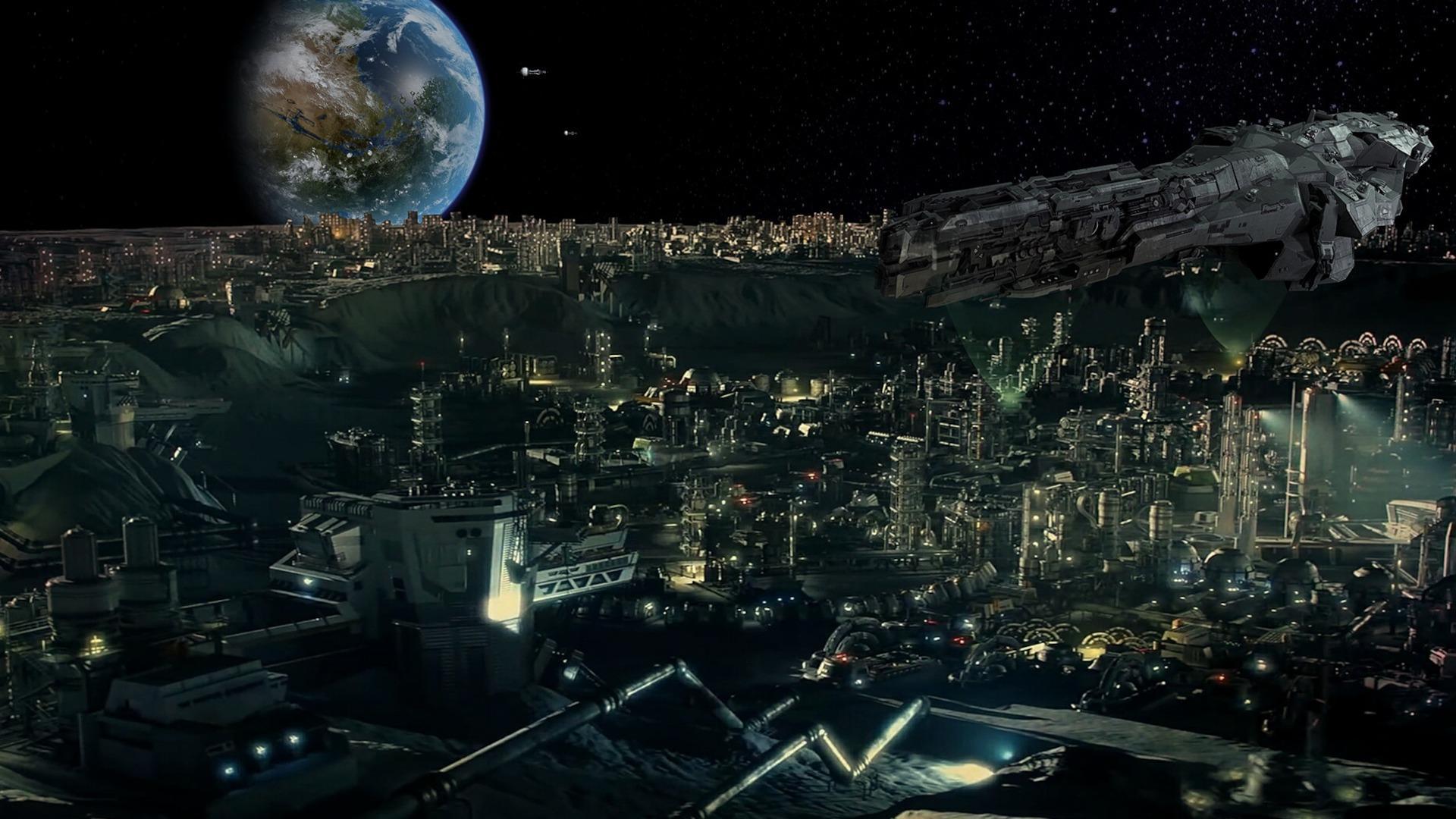
The cave has been mooted as a potential base of operations for future astronauts.
The first British astronaut, Helen Sharman, told the BBC that it looked like a good potential site for habitation.
Moon Caves Theory
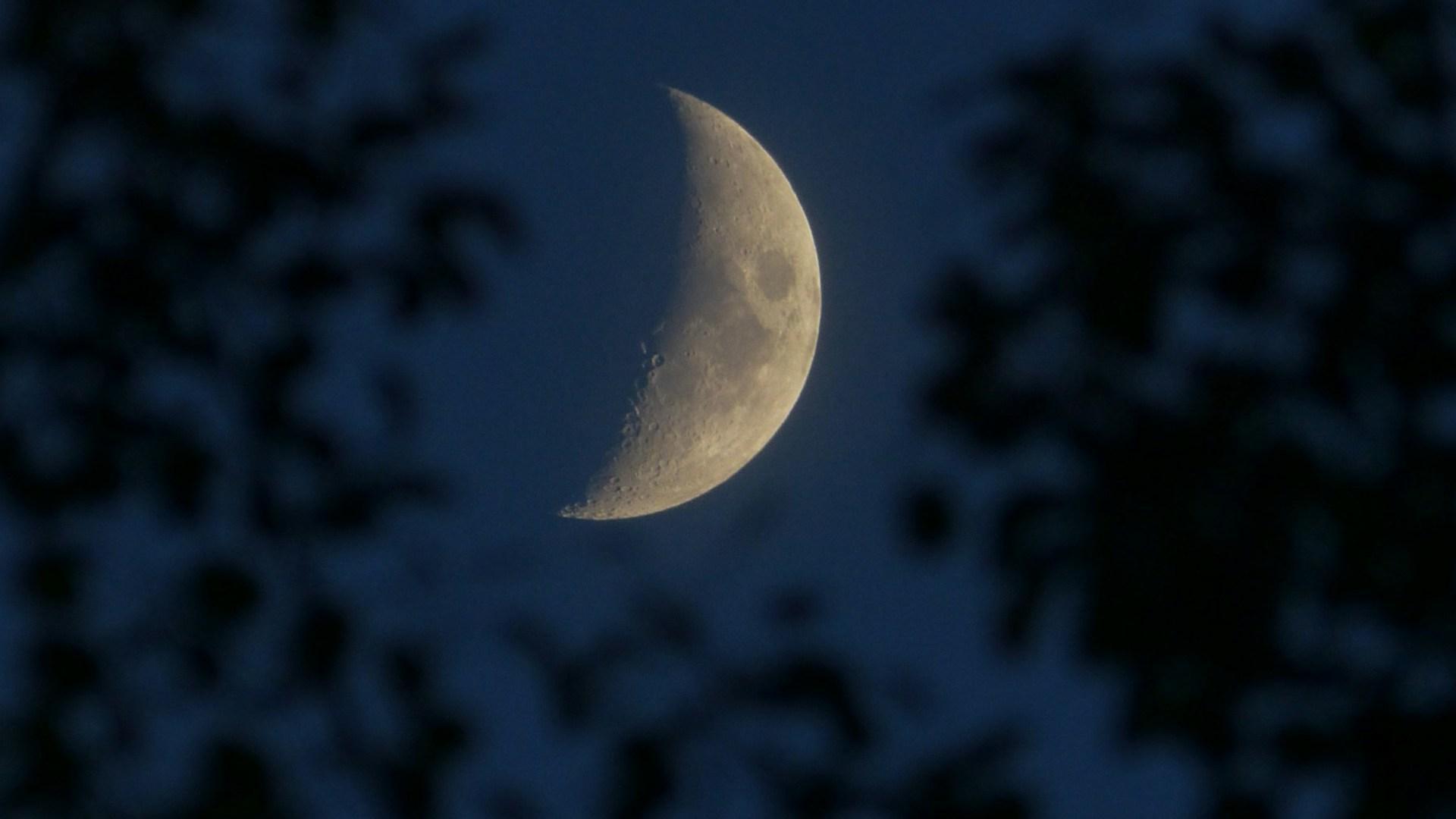
It was first thought that there may be caves on the moon 50 years ago, but, until now, there has been little evidence.
In 2010, the Lunar Reconnaissance Orbiter took photos of a pit that scientists believed may have been a cave entrance.
Surface Familiar, Underground Mysterious
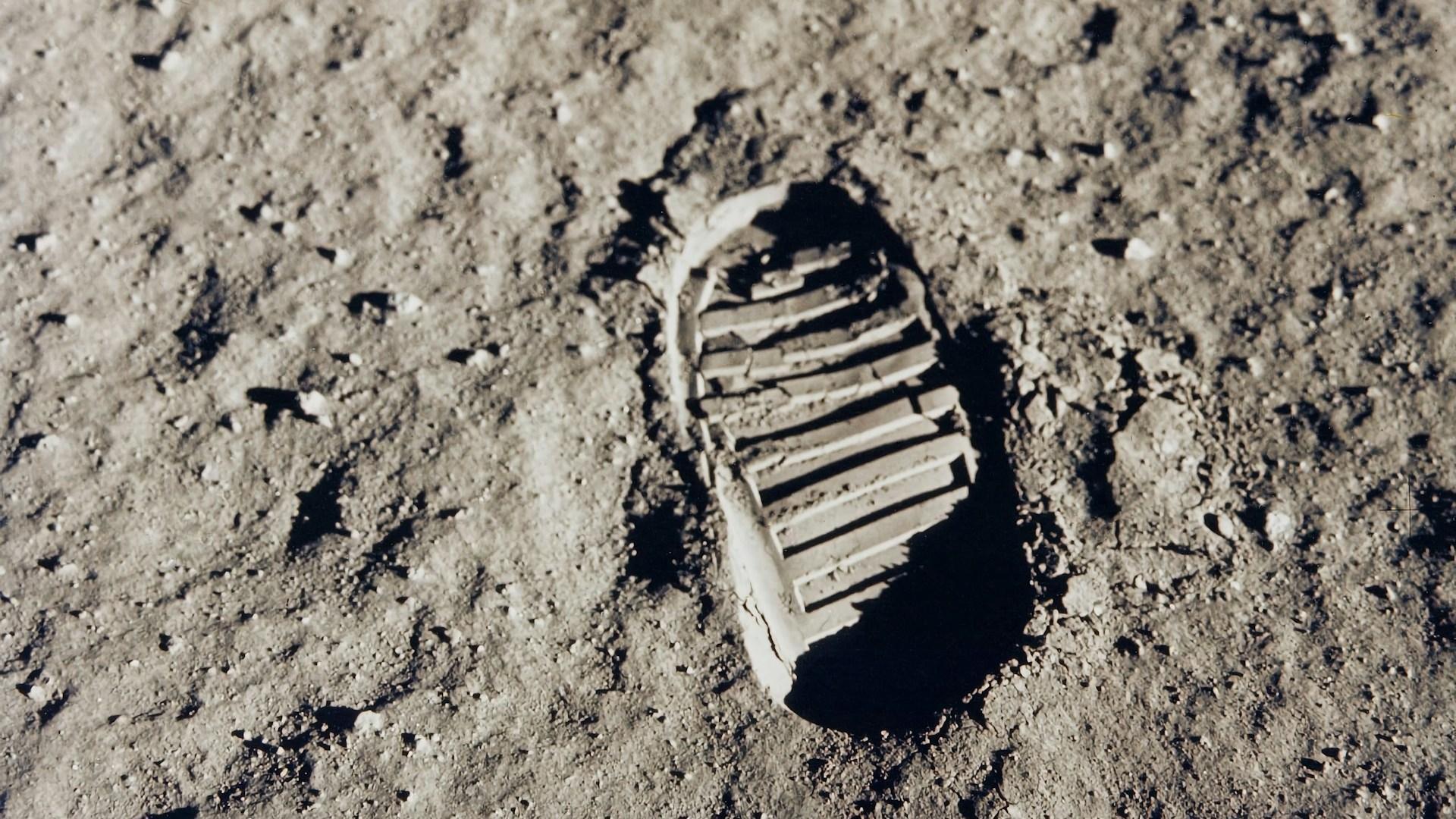
We already know much about the surface of the moon due to a number of manned and remote missions.
However, the underground make-up of the moon is far less well-known, so this research represents an important step forward in our understanding of the moon more holistically.
Radar Employment
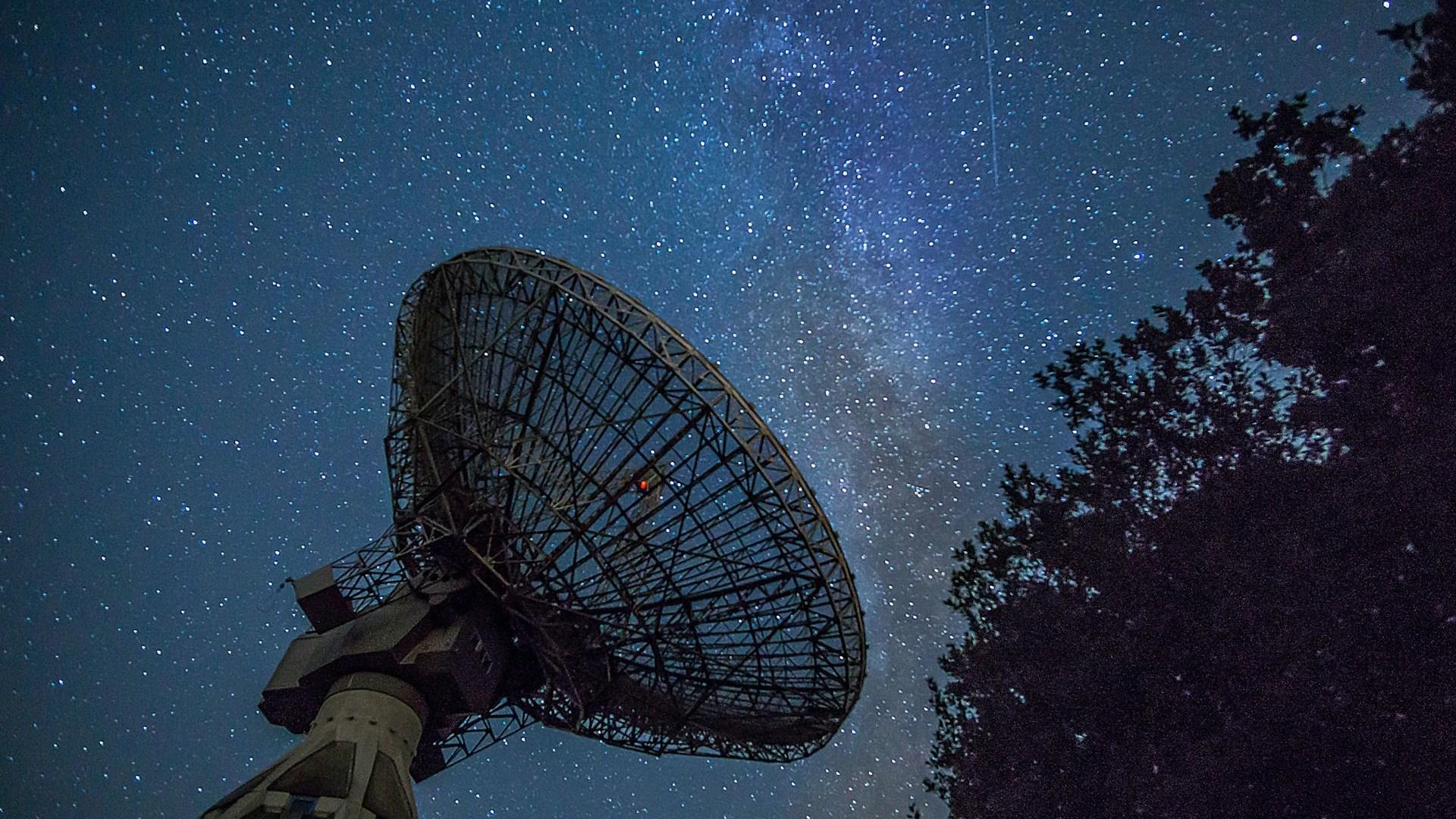
The researchers, based at the University of Trento in Italy, used radar images to analyze a pit on the moon’s surface.
Professors Lorenzo Bruzzone and Leonardo Carrer revealed that the Mare Tranquillitatis ‘pit’ was likely, in fact, to be the skylight of a cave.
Radar Helps to Build a Picture
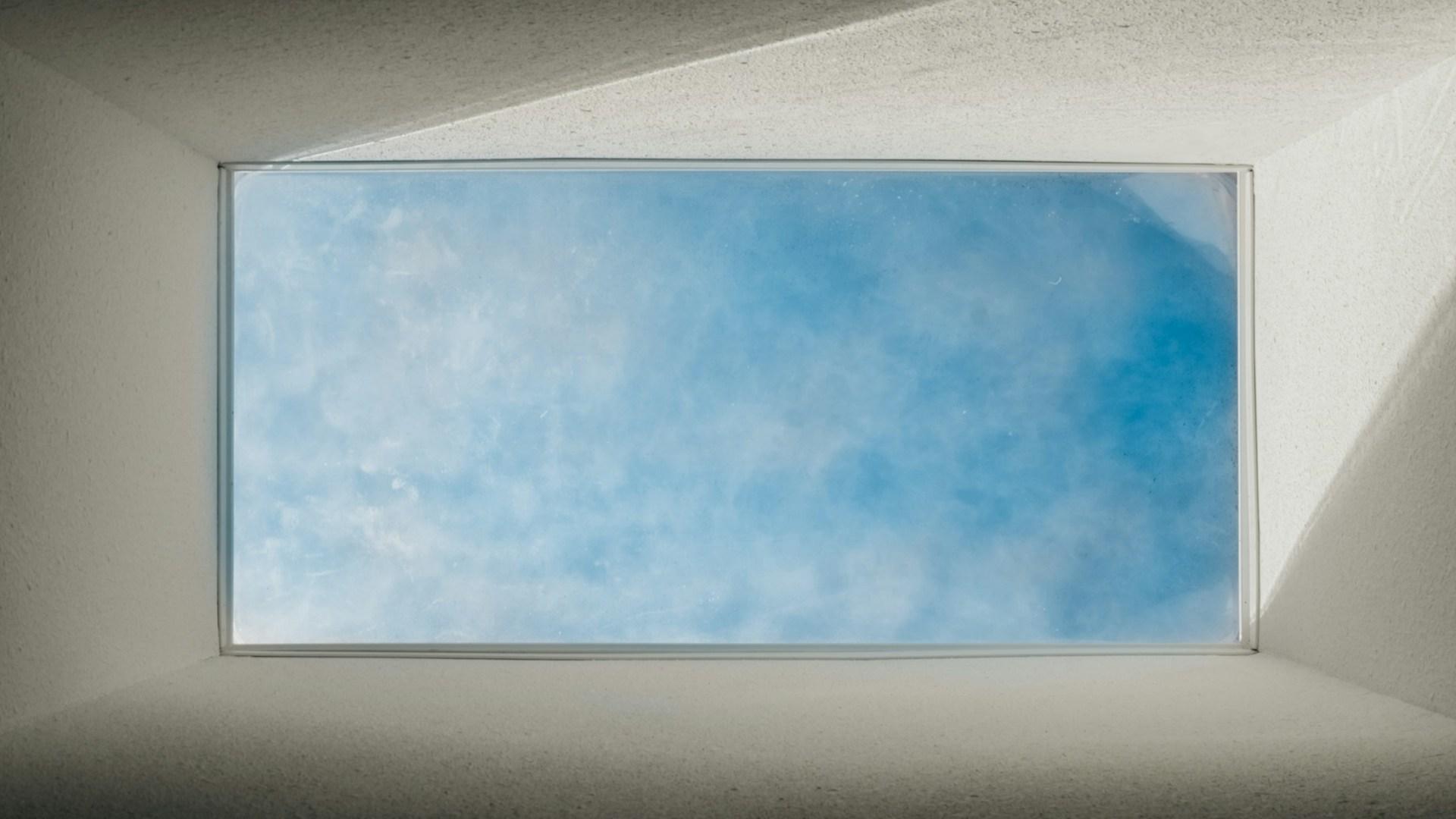
The radar was able to see deep into the pit to discover a tunnel shooting off of the base.
The ‘skylight’ of the cave is around 100 meters across and the cave floor appears to be about 130 to 170 meters below the lunar surface.
Humans Can Return to Cave-Life
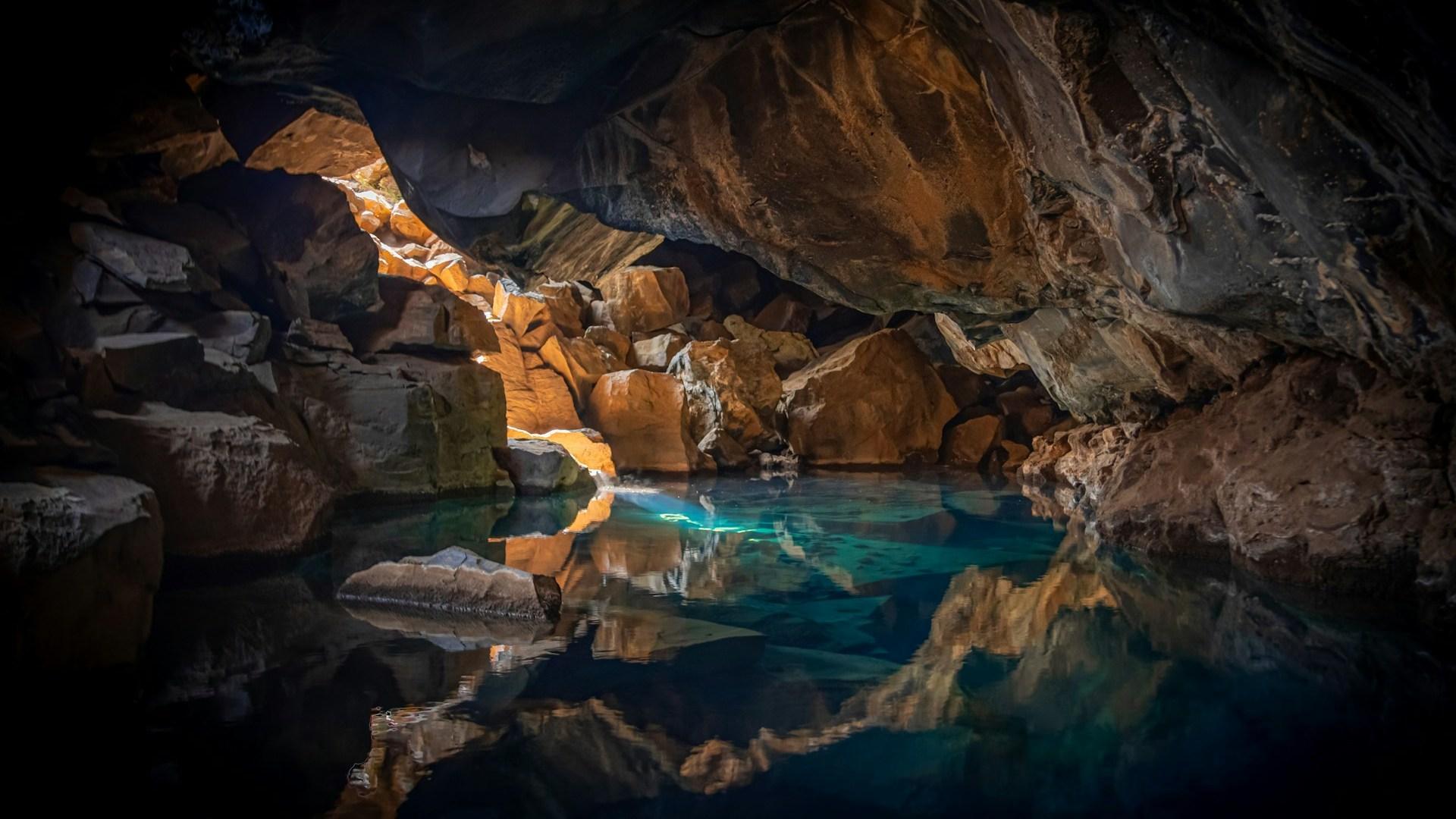
Humans can trace their origins to peoples who once lived in caves on Earth, so they can return to caves to shelter from harsh, extraterrestrial conditions, says one of the researchers.
Professor Carrer observes: “After all, life on Earth began in caves, so it makes sense that humans could live inside them on the Moon.”
Lava Flow Origin
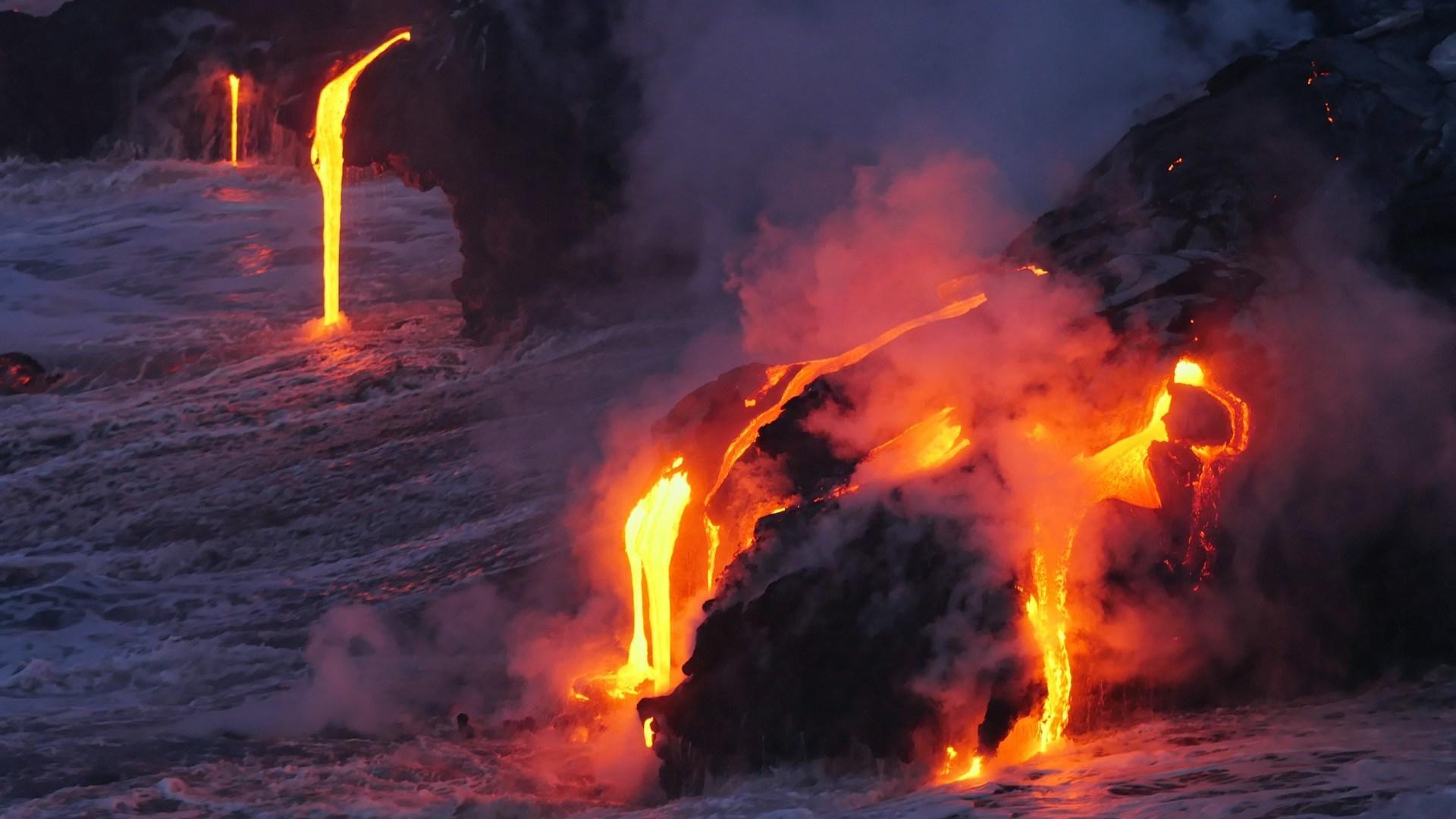
The caves were likely formed millions, or even billions, of years ago when lava flowed through the moon.
The closest equivalent to the caves we have on Earth are those on Lanzarote, in Spain, where the researchers travelled as part of their studies.
Could Be Living There Within Decades
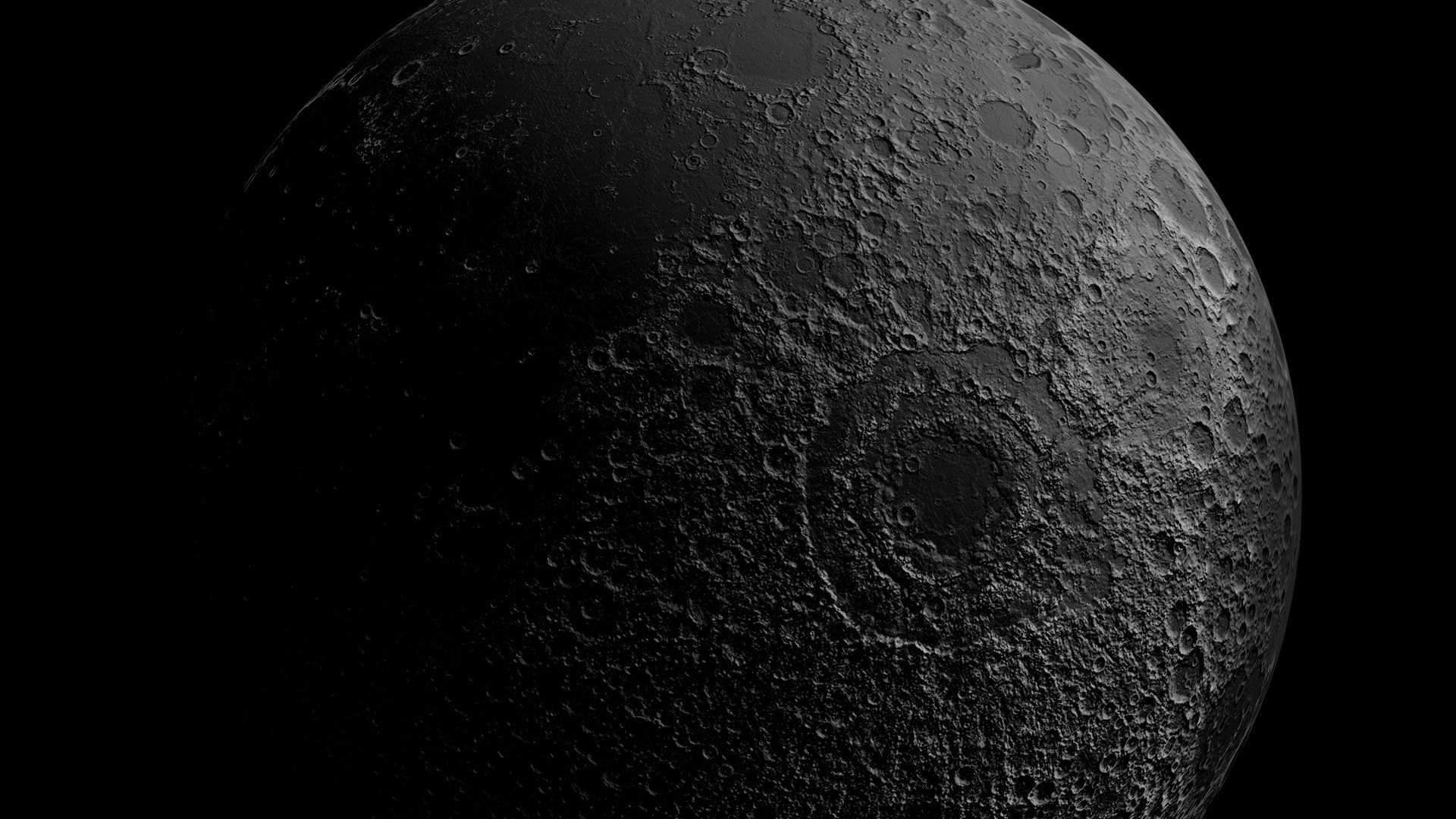
It is possible that habitations could be built in the lunar caves in no more than a few decades.
Sharman suggests that the caves could make such a good base that we could have established a settlement in the pit in 20 to 30 years.
Difficult to Get Back Out
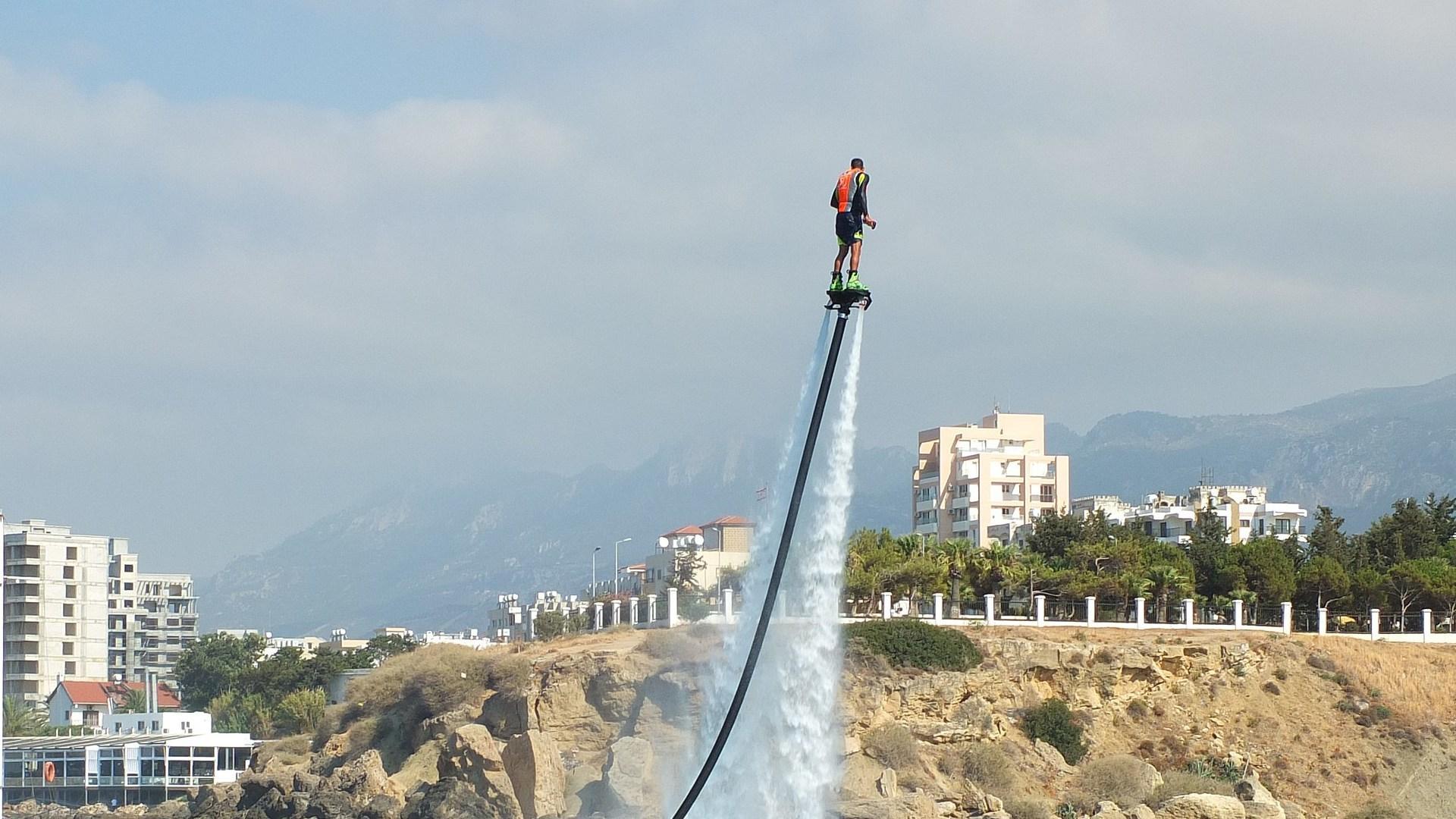
Although astronauts could conceivably abseil down into the 130-170 meter deep pits, they may have more trouble getting back out.
Sharman suggests that this issue could be solved by using “jet packs or a lift” as a way of returning to the surface.

